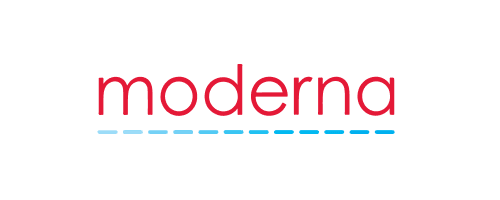Moderna Streamlines Label Management
with Veeva RIM
Efficient label deviation tracking eases rollout of COVID-19 vaccine
Deployed new label management process in 3 months
Scaled operations to expedite global vaccine rollout
Strengthened compliance with increased visibility
When the pandemic struck, Moderna delivered on the promise of mRNA science to create one of the earliest and most effective COVID-19 vaccines. After the first health authorities authorized its vaccine for use, Moderna moved quickly to support global vaccination programs. For the regulatory organization, streamlining a cumbersome label management process was a critical step in expediting the vaccine’s widespread distribution.
Manual Tracking Didn’t Scale
In early 2021, Moderna established a global labeling department led by Colleen McGraw, senior director, global regulatory labeling. At the time, the company stored labeling files in Veeva RIM, but used spreadsheets to track label deviations. As the vaccine’s worldwide rollout gained speed and scale, McGraw quickly realized that managing core and local label changes manually wasn’t sustainable.
“We brought on wave after wave of countries, each with its own regulatory pathway,” remembers McGraw. “Local labels had to be customized, and the number of variations we needed to track snowballed really quickly.”
In addition, updates to the Company Core Data Sheet (CCDS) were happening monthly, triggering a recurring cascade of local label changes. To stay in compliance, Moderna had to revise the appropriate label artwork and submit the change to relevant health authorities. “Multiplying those changes over all local labels and making sure all the updates were made became too unwieldy for a spreadsheet,” says McGraw.
Automation Saves Time and Boosts Visibility
With compliance and scalability top of mind, Moderna worked closely with Veeva to incorporate label management functionality into their end-to-end regulatory solution. Because Moderna already had a strong process in place with good internal communication between Labeling, Quality and CMC, they were able to articulate very clear requirements to Veeva. They were also willing to implement the functionality in an agile manner over several iterations, trying a few different filtering and reporting methods until they found the right fit. As a result, they were able to launch the new capability in just three months, after testing workflows and dashboards in a sandbox. The labeling team loaded two CCDS versions as a starting point and was off and running.
To process a labeling change, users create a labeling event in Vault RIM; enter details like safety category and due date; and link to the relevant CCDS documents. They also use the Labeling Concept area within the Event to provide more detail on the specific text that is changing within the CCDS section(s). Vault RIM automatically generates an activity for every impacted market, eliminating the need to compile local label deviations by hand. Users then set country-specific start and completion dates and track filing status. Veeva RIM makes the changes and timelines visible globally and locally while the label content is approved, updated, and submitted.
In addition to saving time, the new label management process helps the regulatory organization demonstrate compliance both internally and to global health authorities. The labeling team can export the latest status information from Veeva RIM to share with senior managers and inspectors. “It’s made my life a whole lot easier,” says McGraw. “And I can sleep at night because I know we’re in good shape.”
Foundation for the Future
As of late 2022, the Moderna mRNA vaccine is approved and labeled in 28 countries plus the European Union. A steady stream of new authorizations and product line extensions means that Moderna manages hundreds of label versions at any one time. Thanks to its new label management process, regulatory has visibility into every label change and cutover date, all in one place.
Streamlining label management with Veeva RIM helped Moderna scale its operations to meet the urgent global need for a COVID-19 vaccine. Looking ahead, McGraw is confident that the labeling department is ready for future global product launches. “We have the infrastructure for what’s coming,” concludes McGraw.


